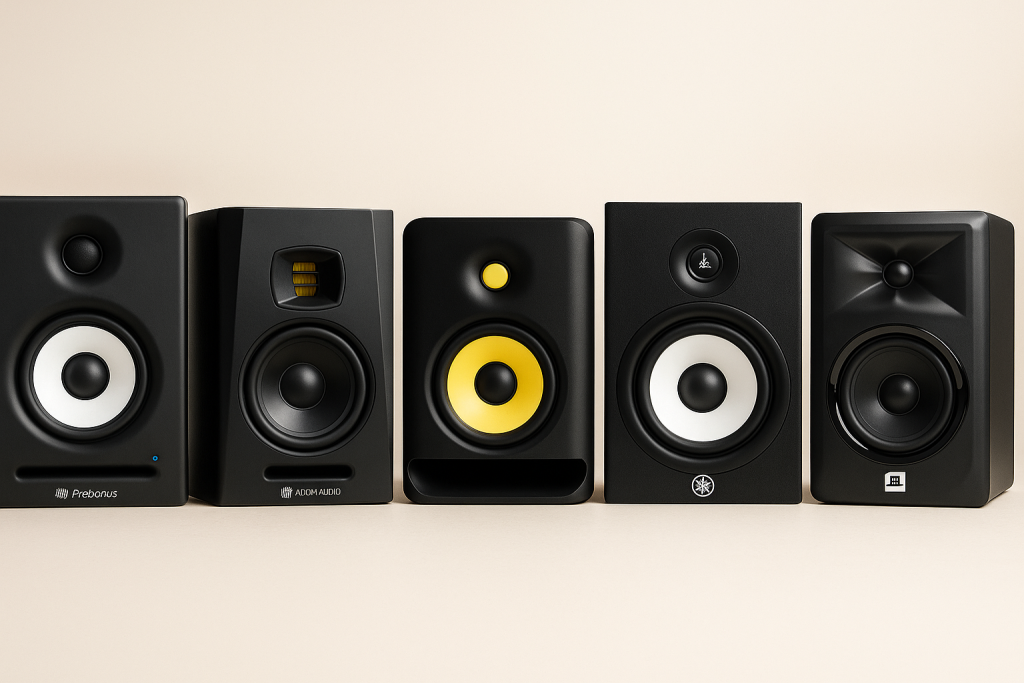
Mixing in a small room comes with unique challenges. Too much bass can quickly muddy your mixes, while oversized speakers often overwhelm untreated spaces.
Instead of fighting your room, the solution is choosing monitors that are designed to deliver accurate sound, controlled low-end response, and a compact footprint that actually works in tighter setups.
We’ve tested some of the most popular monitors on the market — here are the best studio monitors for small rooms in 2025.
1. Yamaha HS5 – Best for Flat, Honest Sound
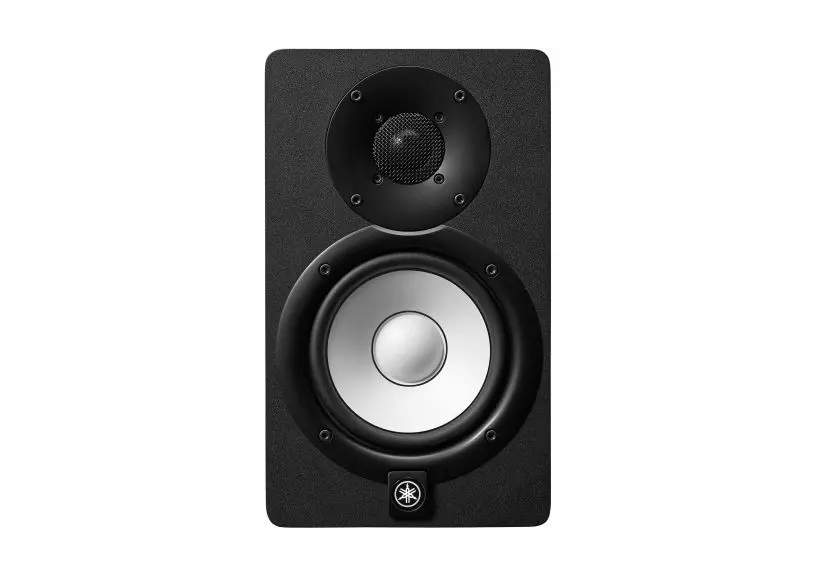
⭐️⭐️⭐️⭐️☆ (9.0/10) • Approx. $339.99
The Yamaha HS5 is known for its brutally honest, flat response, making it a trusted choice for mixing accuracy in small studios. While it lacks deep bass, its smaller woofer and neutral mids make it perfect for tight rooms.
Why it works in small rooms: Smaller woofer (5”) and Yamaha’s signature flat response make it ideal for untreated spaces.
Pros:
- Flat, transparent sound
- Accurate mids and highs for critical mixing
- Trusted by professionals worldwide
- Compact 5” size for smaller studios
- Durable, reliable Yamaha build
Cons:
- Limited bass extension (rolls off below ~70Hz)
- May need a subwoofer for bass-heavy genres
- Slightly harsh at higher volumes
- Not powerful enough for large rooms
2. KRK Rokit 5 G4 – Best for Punchy Low-End in Small Spaces
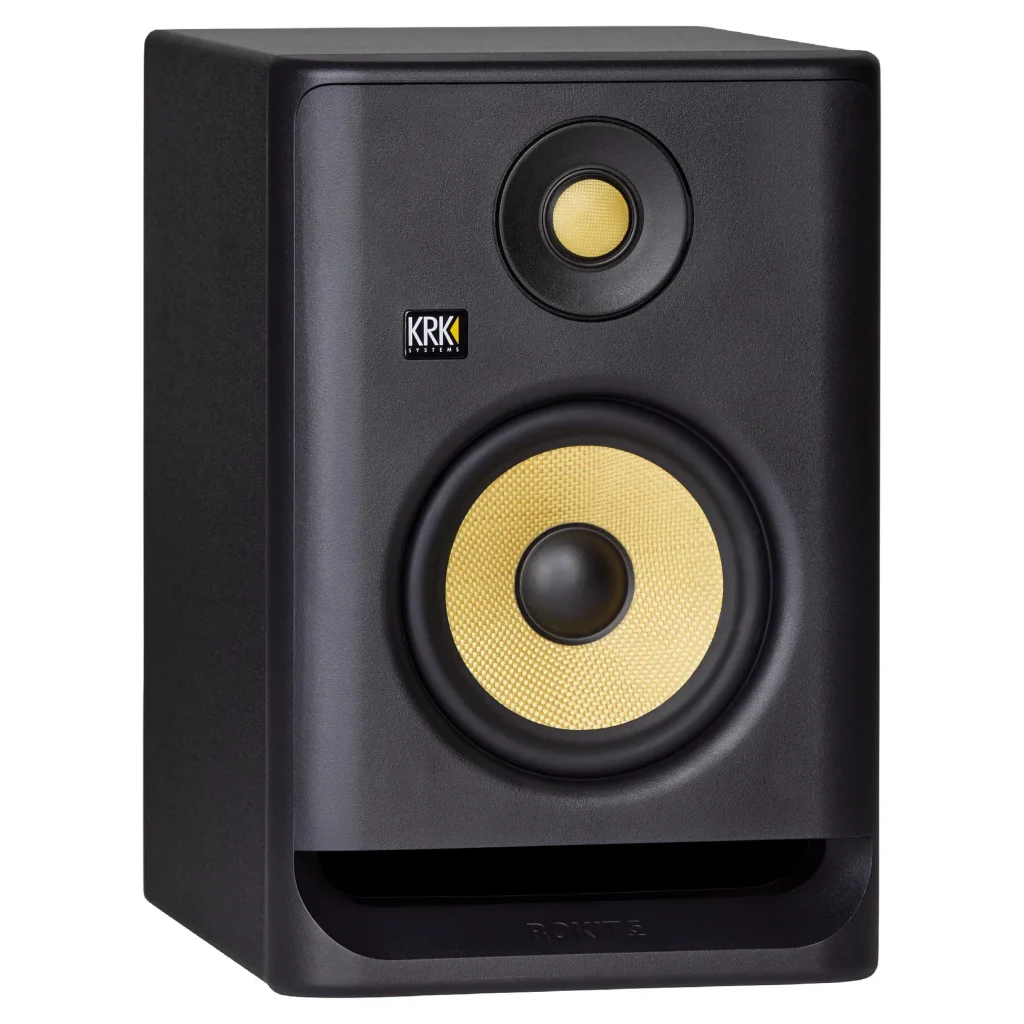
⭐️⭐️⭐️⭐️☆ (8.9/10) • Approx. $389.99
The KRK Rokit 5 G4 offers a punchy, exciting sound with EQ tuning options through the KRK app. Its 5” woofer and front-firing port make it small-room friendly while still delivering impressive bass.
Why it works in small rooms: 5” driver with front-firing port keeps bass controlled.
Pros:
- Punchy, fun sound with strong low end
- Built-in DSP with 25 EQ settings (adjustable via app)
- Iconic KRK yellow-cone design
- Louder than most monitors in its class
- Great for electronic and hip-hop producers
Cons:
- Less flat and accurate than Yamaha or Adam
- Can color mixes, especially in the low-mids
- Bass can feel exaggerated in untreated rooms
- Not the best choice for strict reference mixing
3. JBL 305P MkII – Best for Wide Sweet Spot
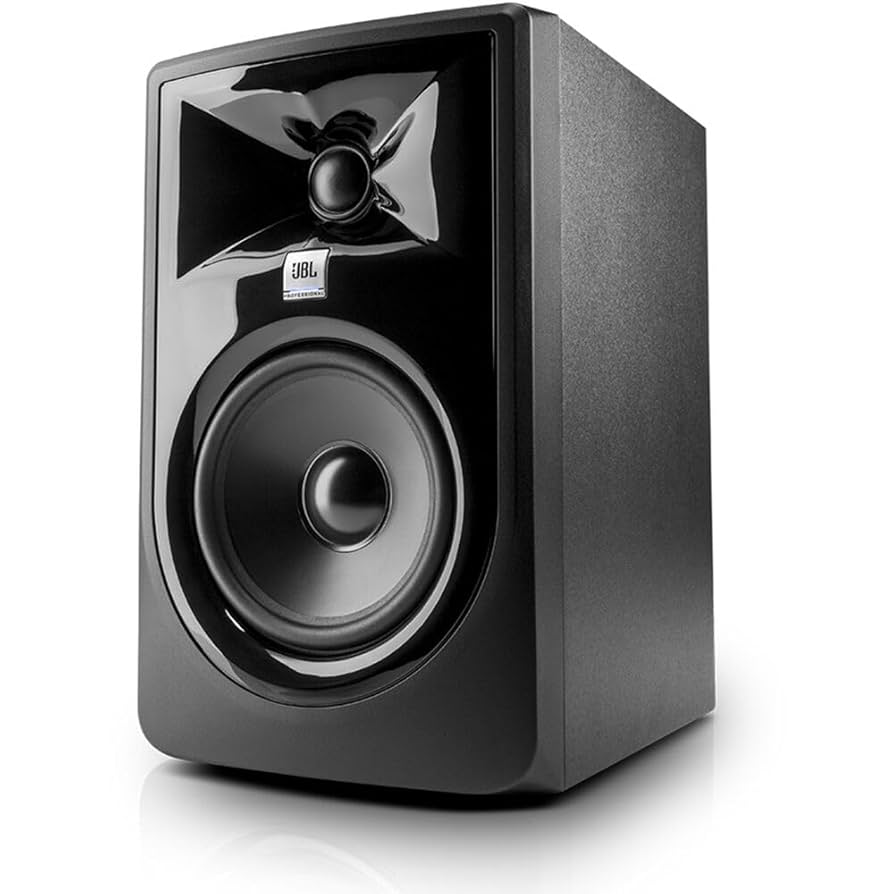
⭐️⭐️⭐️⭐️☆ (9.0/10) • Approx. $159.99
The JBL 305P MkII is loved for its waveguide design that creates a wide listening area — ideal if you can’t always sit dead-center in your mix position. It’s compact, affordable, and a strong choice for small studio setups.
Why it works in small rooms: JBL’s waveguide design gives you consistent sound, even if you’re not sitting perfectly centered.
Pros:
- Excellent stereo imaging and wide sweet spot (thanks to JBL’s Waveguide tech)
- Clear, balanced sound at an affordable price
- Compact design fits small studios easily
- Solid build quality for the price
- Great value for beginners and home producers
Cons:
- Slight hiss noticeable at very low volumes
- Limited bass extension — doesn’t reach deep sub-bass
- Can sound thin in larger rooms without a subwoofer
- Rear-ported design may cause issues if placed too close to a wall
4. Adam Audio T5V – Best High-End Detail in a Small Package
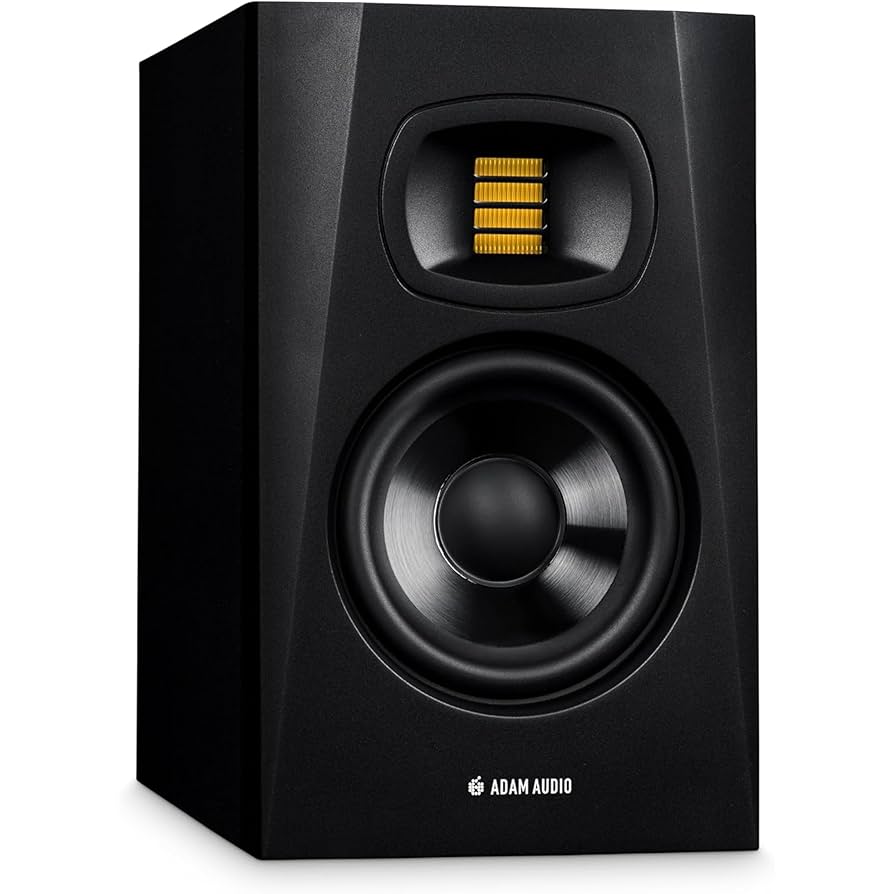
⭐️⭐️⭐️⭐️☆ (9.1/10) • Approx. $289.99
The Adam Audio T5V brings high-end clarity to the entry-level market with its ribbon tweeter and precise stereo imaging. It’s detailed yet smooth, making it great for long sessions in smaller rooms.
Why it works in small rooms: Ribbon tweeter provides smooth highs that won’t overwhelm untreated spaces.
Pros:
- Clear, accurate sound with excellent detail
- Smooth, extended highs thanks to Adam’s U-ART ribbon tweeter
- Wide stereo imaging and precise soundstage
- Affordable entry point into Adam’s respected lineup
- Compact 5” size that works well in small studios
Cons:
- Rear-ported design requires space from walls for best results
- Limited low-end compared to 7”+ woofers
- Can sound bright in untreated rooms
- Not ideal for large studio spaces without a subwoofer
5. Kali Audio LP-6 V2 – Best All-Around for Small Studios
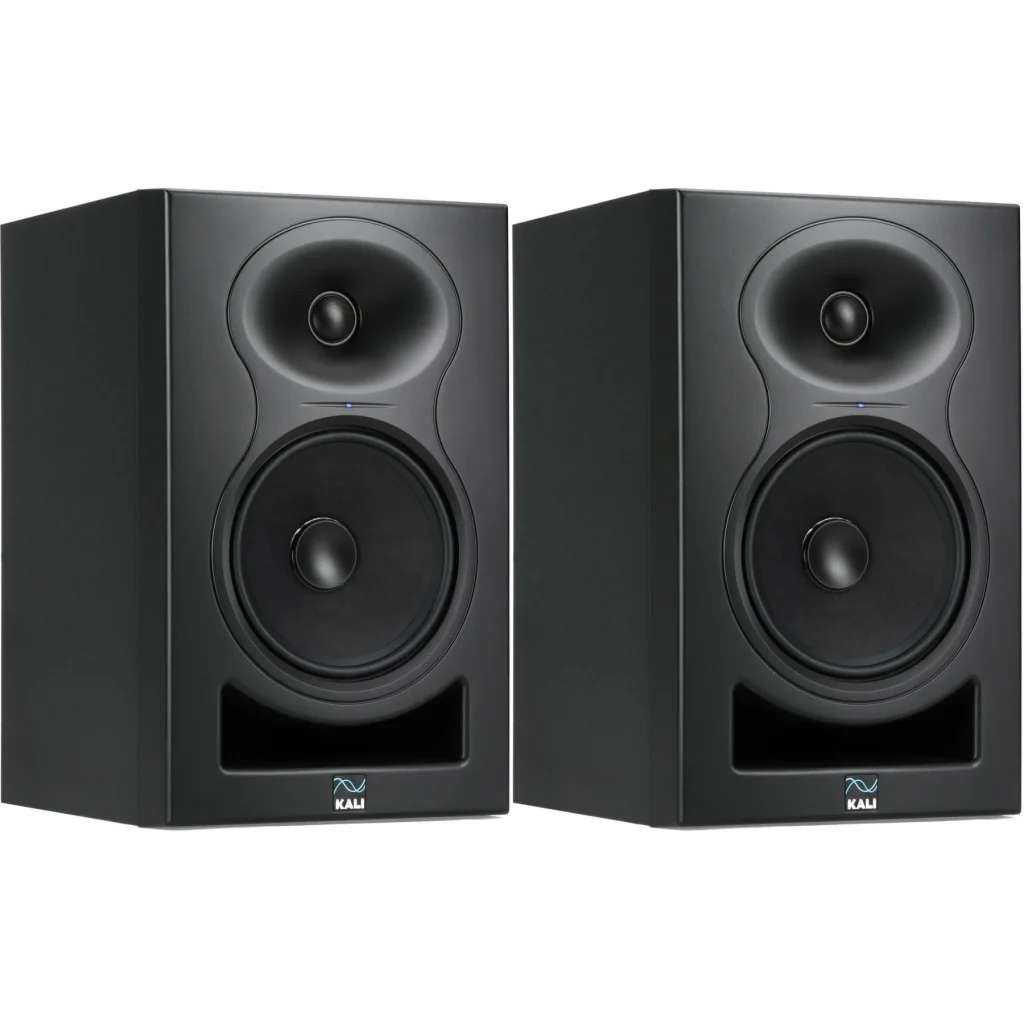
⭐️⭐️⭐️⭐️☆ (9.1/10) • Approx. $249.99
The Kali LP-6 V2 balances sound quality, adaptability, and value better than almost anything else in its price range. Its boundary EQ controls make it easy to tune for small rooms, giving beginners professional-level results.
Why it works in small rooms: Excellent low-frequency control and boundary EQ settings make it adaptable to tight spaces.
Pros:
- Excellent value for money in the 6” class
- Balanced, accurate sound with solid low-end extension
- Wide sweet spot for flexible positioning
- Front-ported design makes placement easier near walls
- Strong performance for both mixing and producing
Cons:
- Larger footprint than typical 5” monitors — may crowd smaller desks
- Plain styling compared to competitors
- Can expose room flaws if space isn’t treated
- Slightly less portable than smaller monitors
Verdicts
Quick Look
Best Overall → Kali Audio LP-6 V2
Best for Accuracy → Yamaha HS5
Best for Imaging → JBL 305P MkII
Best for High-End Detail → Adam Audio T5V
Best for Punchy Sound → KRK Rokit 5 G4
FAQ
Why are smaller monitors better for small rooms?
Monitors with 5-inch woofers (like the Yamaha HS5 or JBL 305P MkII) produce tighter bass that’s easier to control in small spaces. Larger 8-inch monitors can overwhelm untreated rooms and create muddy low-end.
Do I need acoustic treatment for a small room?
It helps a lot. Even basic treatment — like bass traps in corners and panels at first-reflection points — can improve accuracy. If treatment isn’t an option, proper speaker placement and EQ tuning become more important.
Are front-ported monitors better in small spaces?
Yes, front-ported monitors (like the KRK Rokit 5 G4 or Kali LP-6 V2) are generally easier to place near walls without causing boomy bass. Rear-ported monitors can still work but need more breathing room behind them.
Should I add a subwoofer in a small room?
Usually not. Subwoofers can easily cause bass buildup in tight spaces. Unless you’re mixing bass-heavy genres and have room treatment plus calibration tools, sticking with nearfields alone is usually best.
Which studio monitors are best for beginners in small rooms?
The KRK Rokit 5 G4 and JBL 305P MkII are great starting points — affordable, compact, and forgiving in small setups while still offering solid accuracy.
Looking for more guides? Return to our Guides Hub

Leave a Reply